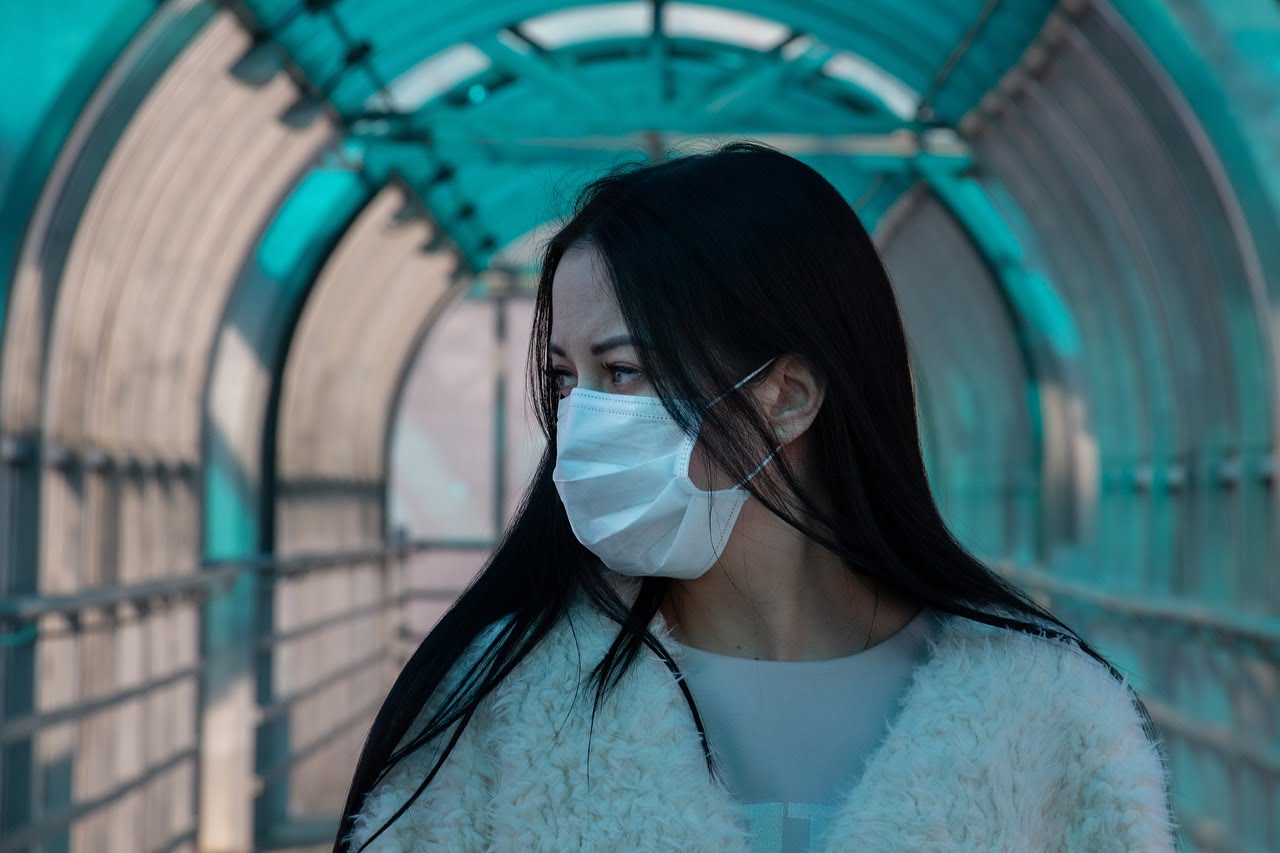Strange Math in Pfizer’s “90% Effective” Vaccine; They Say Figures Don’t Lie, But Maybe Pfizer Doesn’t Figure
Q3 2020 hedge fund letters, conferences and more
Pfizer's COVID Vaccine Is More Than 90% Effective
WASHINGTON, D.C. (November 9, 2020) - Pfizer has announced that preliminary figures from its initial testing show that its COVID vaccine may be more than 90% effective in preventing test volunteers from becoming infected, but there's something strange if not suspicious about this result based upon the limited data the company has so far provided, says Prof. John Banzhaf, a math expert and the inventor of the "Banzhaf Index."
According to Pfizer, an initial test of about 44,000 subjects (actually 43,538) - about half of whom received the recommended dose of the test vaccine, and about half received a completely ineffective placebo - showed that 94 became infected, but that it prevented expected infections in about 90% of those 22,000 who received the actual vaccine.
In other words, it found that fewer than 10% of infections were in participants who had been given the vaccine while more than 90% of the cases were in people who had been given a placebo.
So the overall infection rate of all the 44,000 subjects was only 0.2% [94/44000 = 00.002 = 0.2%]. Even if one makes the simplifying assumption that all of the infected cases came only from the group which received the ineffective placebo injection [22,000] - a worst case scenario - the infection rate would be only 0.4% [94/22000 = .004 = 0.4%].
But virtually all states, and even testing regions within states, usually show an infection rate of well over 1.0%. For example, Connecticut was recently happy to report that its infection rate fell from 6.1% to only 2.5%.
The Validity And Applicability Of The Results
So, if these reported figures are accurate, it suggests that everyone in both groups had an exposure to the coronavirus which was - for some reason which was either not known or not revealed to the media - far lower than in virtually any population group in the U.S., and, in many cases, an entire order-of-magnitude lower.
This alone should cast some doubt on the validity and applicability of the results to actual populations in which more realistic exposures, as measured by the infection rate, are much higher, suggests Banzhaf, who dealt extensively with the epidemiology of tobacco smoke.
Furthermore, if the number of people receiving the vaccine who contracted the virus was only 10% of those in the placebo group who contracted it [i.e., it was 90% effective in preventing expected infections], and the total of both was 94, it would appear that about 85 subjects in the non-vaccine group [85/22000 = .004] became infected compared with about 8-9 [8/22000 = 0.0004] subjects who actually received the vaccine.
But a number like 8 or 9, out of a total of some 22,000, hardly seems sufficient to draw a reliable statistical conclusion that the vaccine was 90% effective, since a change of only 1 or 2 detected infections either way - something which could easily be caused by a random statistical fluctuation] would cause a major change in the claimed effectiveness.
So Banzhaf suggests that we all reserve judgment as to what the initial figures may tend to show, at least until there is some further explanation as to why they may seem strange, and hope that the eventual vaccine can be shown to be safe, and anywhere near 90% effective.





